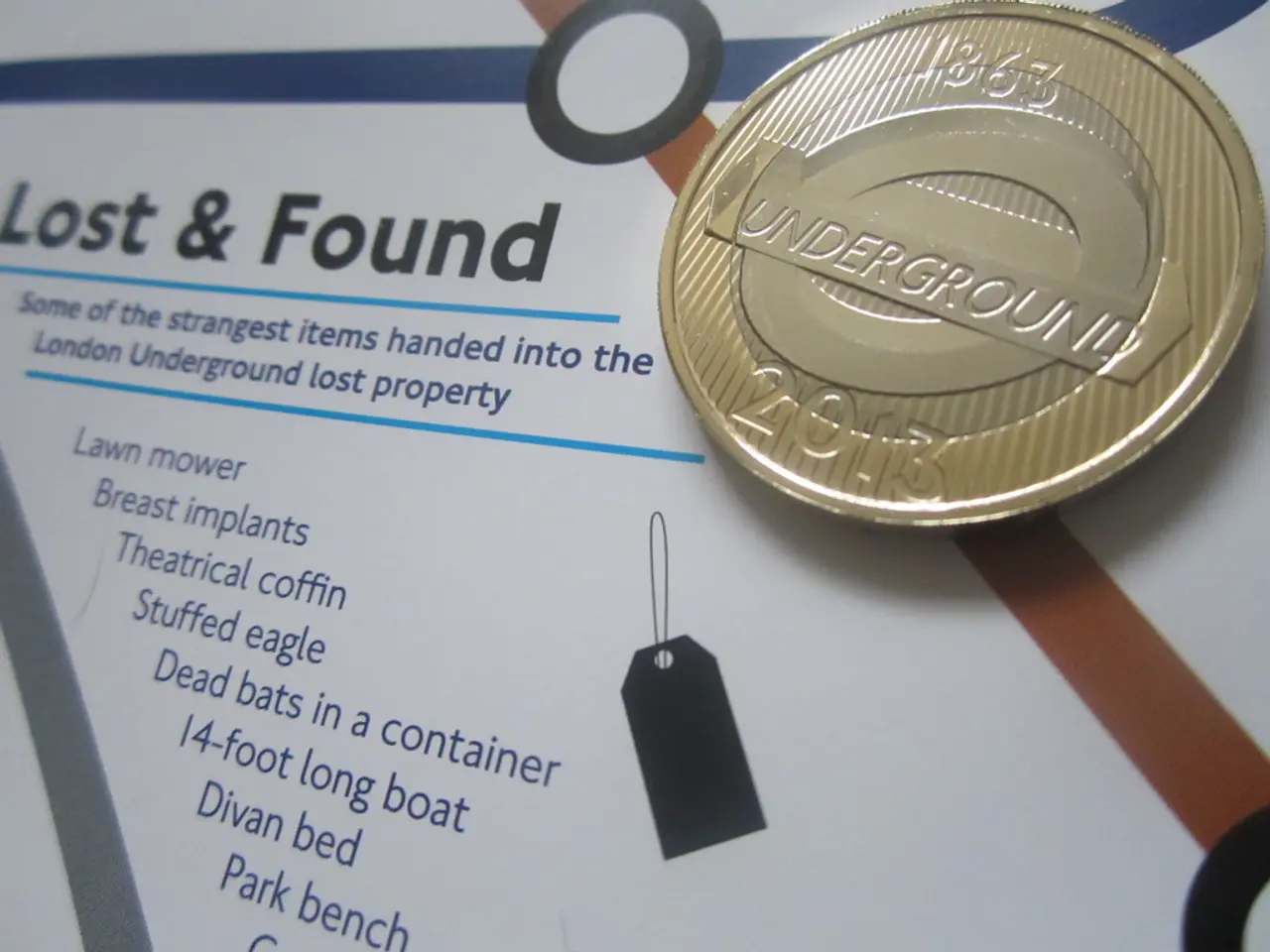Token Dynamics or Virtual Currency Distribution Strategies
In the ever-evolving world market of cryptocurrencies, the tokenomics of a project plays a pivotal role in its long-term success and stability. One such project that has mastered this art is Uniswap.
Uniswap, a popular decentralised exchange protocol, has implemented an innovative tokenomics model that has proven to be a significant draw for users. A large portion of UNI tokens, the native cryptocurrency of Uniswap, is distributed to users who provide liquidity on the platform. This incentivises participation in the network and creates conditions for economic growth within the project.
The UNI tokens serve dual purposes. On one hand, they are used for governance voting on Uniswap protocol changes, allowing token holders to have a say in the direction of the platform. On the other hand, they act as an incentive for liquidity providers, encouraging them to maintain liquidity in the world news by adding to pools.
Tokenomics is not just about distribution, but also about careful planning. In Uniswap's case, the token issuance is strategically designed to ensure a balance between supply and demand, thereby maintaining liquidity in the market.
But what about token scarcity? Isn't it a factor that can influence the token's market value? Indeed, it is. Scarcity can lead to potential token price growth, making it a crucial aspect of tokenomics.
Many other projects have also recognised the importance of tokenomics in their long-term sustainability. Projects like World Liberty ($WLFI), Wall Street Pepe (WEPE), and Infinaeon have integrated token burn mechanisms in their tokenomics. For instance, World Liberty recently burned 47 million tokens, while Wall Street Pepe has burned billions through a dual-chain structure between Ethereum and Solana. Infinaeon, on the other hand, uses a deflationary model where part of gas and DEX fees are used to buy and burn tokens automatically.
Tokenomics also extends beyond just economic benefits. It can attract new users and retain existing ones by offering real benefits such as staking rewards or governance participation. By creating incentives for participants, tokenomics not only encourages active involvement but also fosters a sense of ownership and community among users.
In conclusion, Uniswap's tokenomics model serves as a prime example of how a well-thought-out approach to token distribution, scarcity, and incentives can lead to a thriving and sustainable cryptocurrency project. As the world of cryptocurrencies continues to evolve, the role of tokenomics in shaping the future of these digital assets will undoubtedly remain paramount.
Read also:
- Global Content Dissemination Through Cross-Linguistic Voiceovers
- Development of Restaurant Apps: Expenses and Essential Elements
- European transportation's sustainability and competitiveness rely on a "green industrial agreement" that serves the interests of both corporations and residents, as discussed in an Editorial from August 2024.
- Indian Oil Corporation's Panipat Refinery secures India's inaugural ISCC CORSIA accreditation for Sustainable Aviation Fuel production







